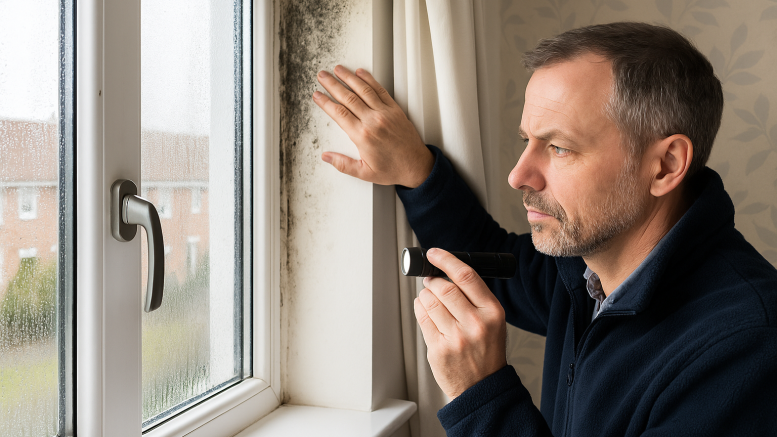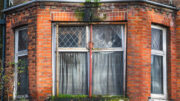As the weather turns colder, landlords are being warned to stay vigilant over damp and mould risks that can quickly escalate during autumn and winter. With tenants keeping windows shut and heating systems running for longer, property interiors are more prone to condensation - a common trigger for mould growth that can damage both health and buildings.
Mould issues can carry costly and legal consequences for landlords
Landlord bodies are reminding property owners of their obligations under the Protection from Eviction Act 1977 and subsequent housing safety rules, following several high-profile cases of damp-related illness and deaths in social housing. The 2020 death of two-year-old Awaab Ishak, linked to prolonged mould exposure, led to stricter legal expectations that apply across the rented sector.
While the law focuses on social landlords, private landlords are not exempt from duty-of-care requirements. Properties that are found unfit for human habitation due to damp, mould, or inadequate ventilation can lead to enforcement action or costly repair orders.
Letting agents warn that ignoring these issues can quickly become expensive. Treating serious mould infestations and redecorating affected areas can exceed £3,500 per property, especially where anti-mould treatments or specialist paints such as Glixtone are required.
Common causes and prevention advice for landlords
Experts note that most damp and mould problems can be traced to preventable causes such as poor insulation, blocked gutters, broken extractor fans, or tenant lifestyle habits like drying clothes indoors.
According to ARLA Propertymark, landlords should schedule regular inspections during colder months to identify signs early. South London agent Michaela Anaka shared an example where condensation spiralled out of control due to misused appliances and cluttered living conditions. The property had to be fully stripped and treated after black mould spread across ceilings and walls - all due to lack of ventilation.
“Prevention remains the most effective answer,” Anaka said. “Frequent inspections and exterior checks are vital - including gutters and downpipes - to ensure water is draining properly. Overcrowding and poor ventilation worsen condensation, and early intervention prevents high costs later, both for landlords and tenants.”
For landlords managing older housing stock, Propertymark recommends annual servicing of boilers, ventilation systems, and damp-proofing measures. In regions like the North West and Yorkshire, where older brick-built properties dominate, damp issues tend to be more frequent - making proactive maintenance essential to preserve property value and tenant safety.
Tenant responsibilities and collaborative management
While landlords bear legal responsibility for the condition of their property, tenants also play a key role in prevention. Agents advise tenants to ventilate rooms daily, use extractor fans when cooking or showering, and avoid blocking airflow with bulky furniture or excessive storage.
Letting agents stress the importance of education and cooperation. When tenants understand how heating and ventilation systems should be used, condensation levels can fall dramatically. Clear communication - often via welcome packs or maintenance guides - can prevent disputes and expensive remediation work later on.
Editor’s view
This winter’s damp and mould risks highlight an often-overlooked reality: prevention is cheaper than repair. For landlords, regular inspections and open communication with tenants can mean the difference between a £200 maintenance job and a £3,500 rebuild. As regulation tightens and tenant awareness grows, those who act now to maintain healthy homes will protect both their investments and their reputations.
Author: Editorial team - UK landlord & buy-to-let news, policy, and finance.
Published: 10 October 2025
Sources: Propertymark; ARLA Propertymark; UK Government housing safety guidance; Health and Safety Executive (HSE).
Related reading: Landlords not to blame for cold, damp homes crisis








